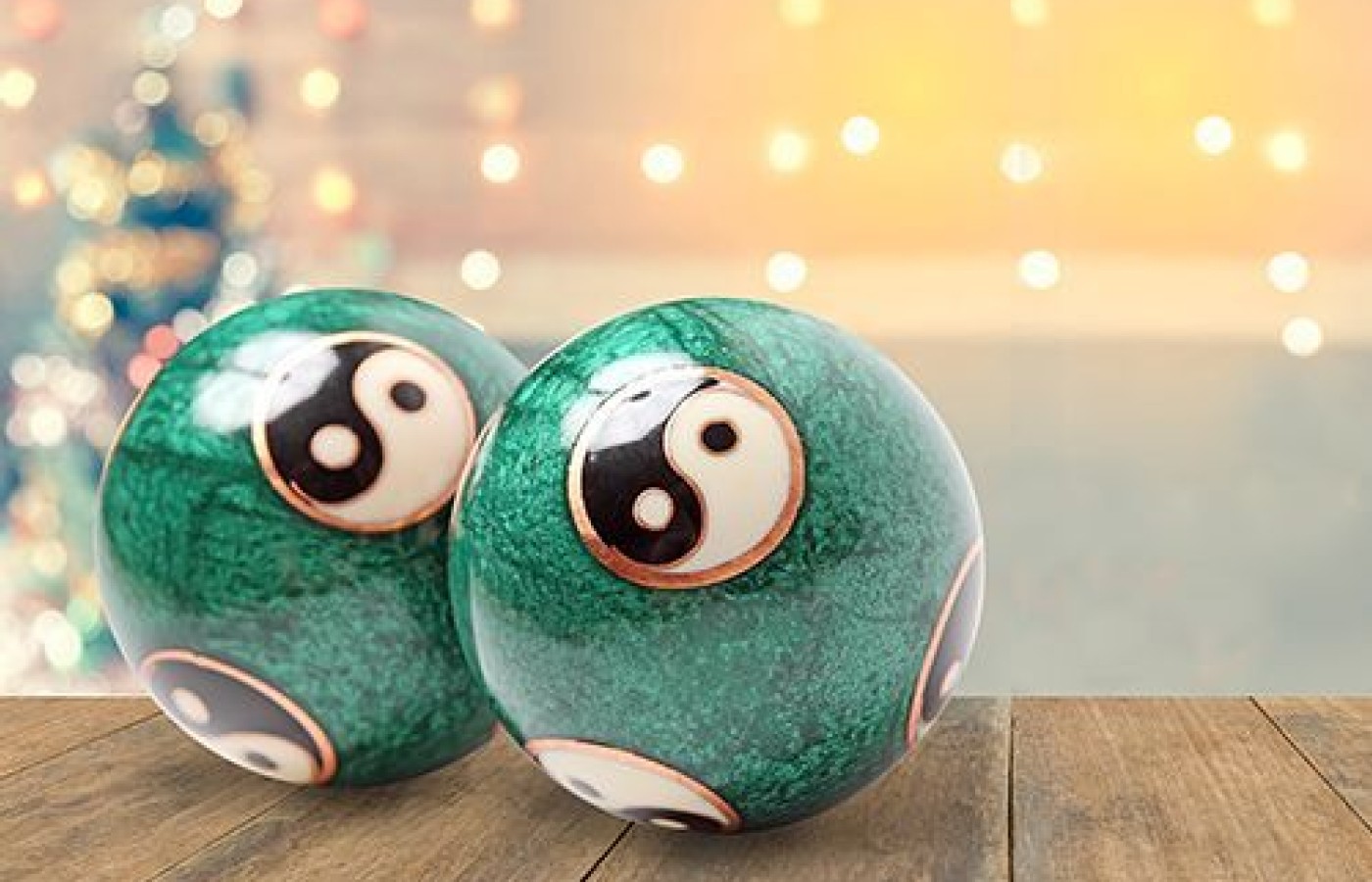One of the longest nerves in the body is known as the vagus nerve (VN). The VN is the 10th pair of cranial nerves that originates at the brain stem in the medulla oblongata. This nerve is part of the parasympathetic nervous system, which is a part of the ANS. Research suggests ear acupuncture can activate the VN.
A Simple Protocol for Holiday Stress
It's winter, a time when we should be deep in reflection, eating warming foods and sleeping long hours. Following nature's rhythms, we restore our bodies and minds in preparation for the renewal of spring. Yet at the close of the year, many of us find ourselves run-down and stressed.
As we consider how holiday stress undermines our health, it is important to comprehend that this is not simply a matter of living out of balance; it is a plight endemic to Western culture, where stillness and simplicity have been usurped by busyness and distraction. Consumerism has invaded what for many is a sacred time of year. According to a survey commissioned by the American Psychological Association, the top three holiday stressors are lack of time, lack of money, and commercialism or hype.1
Our patients deserve more. They should be asking for more from life than a stressful end to their year. What they need and what we can provide are brief moments of respite to anchor their Shen. Acupuncture can be a window through which our patients can envision another way, an alternate future, should they choose to bring it into being. We can provide a glimpse of that potential with just five acupuncture pins and in as little as five minutes.
Working one day a week at an on-site corporate wellness clinic, there have been many instances when a patient has less than 10 minutes for treatment before having to head to a meeting or the manufacturing line. In response to the request for a "de-stress" treatment, I developed a protocol that calms the Shen with a minimum of time and effort. The protocol utilizes five ear pins to stimulate the following points: left ear shenmen, left ear zero point, yintang, right ear Liver point, and right ear sympathetic. Each point is potent in its own right, but their synergy creates an effect for which the whole is indeed greater than the sum of its parts.

Ear shenmen rose to prominence with the National Acupuncture Detoxification Association's implementation of 5NP. Ear shenmen is well-suited bilaterally, but is exalted in the left ear, which connects deeply with the Heart. Similarly, ear Liver is exalted in the right ear, where Liver function can be potently influenced. While shenmen addresses the Shen, ear Liver settles the Hun.
Zero point in the ear is often thought of as a general point for physical pain, but its proximity to the diaphragm point in the ear also makes zero point an excellent choice for stagnant emotions. Grief is most closely associated with restriction in the diaphragm, but any imbalanced emotion can potentially affect proper diaphragmatic breathing. Zero point relaxes this region of the body and promotes deep, restful respiration.
The sympathetic point in the ear reinforces proper nervous system tone and balance between the sympathetic and parasympathetic nervous system.
Zero point combines well with ear shenmen on the left, reinforcing an energetic movement toward a patient's center. The function of ear sympathetic to calm an overactive nervous system pairs well with the right ear Liver point and its function to course Liver Qi.
On the left ear, we have centering and grounding, and on the right, calming through moving stagnation. Between the two sides is yintang, quite possibly the most patient-requested point in modern acupuncture. Yintang reinforces both of these strategies of centering and calming, while balancing left and right movements of energy like the center point of a lemniscate.
All five points are easy to access and don't require any special needling techniques. As a bonus technique for relaxation, apply a small amount of lavender essential oil to TB-17 bilaterally to keep the often overzealous Triple Burner meridian calm. This hollow at the base of the ear, where the scent can gently waft to the nose without overpowering the senses, is well-suited for aromatherapy.
How can you apply this protocol? Simply add these points to any current acupuncture protocol you are performing on a patient. Ear points are fairly forgiving and do not demonstrably affect any treatment based upon traditional Chinese medicine pattern differentiation. For a distal stylist, ear points do not compromise any balancing effect one is trying to achieve due to their placement off the primary meridians.
During any transition point in the year (holidays, back to school, etc.), consider offering de-stress tuneups as a limited-time service and at a lower rate. Fill a spare room with folding chairs, or section off part of your waiting room and allow patients to drop in. There is virtually no intake, needling is quick, and charting can be abbreviated. (I notate "B5NP" for "Brandon's five-needle protocol.") A span of five to10 minutes has proven to be exceedingly effective, but if you have the space and patients have the time, a stretch of 30 to 40 minutes adds an additional element of repose.
Providing a glimpse of calm and centering should not be mistaken as a gimmick. In whatever brief time we have with a patient, we need to capitalize on the opportunity, continually instilling the desire for balanced living. Whether or not this protocol is right for you or fits into your current paradigm of treatment, consider the exponential value of small interactions with patients both in terms of treatment outcome and relationship building. With proper technique and clear intent, even a single treatment with five small ear pins can powerfully elicit peace within the Shen of our patients and provide benefits that accrue over time.
There are few interventions as rewarding as guiding your patients into still moments of deep connection. As the holidays draw near and another year comes to a close, let us remind our patients of the great renewal of winter and the warmth that comes from always being able to find home in one's Heart.
Reference
- Berktold J, Greenberg A. "Holiday Stress." American Psychological Association, 2006.



